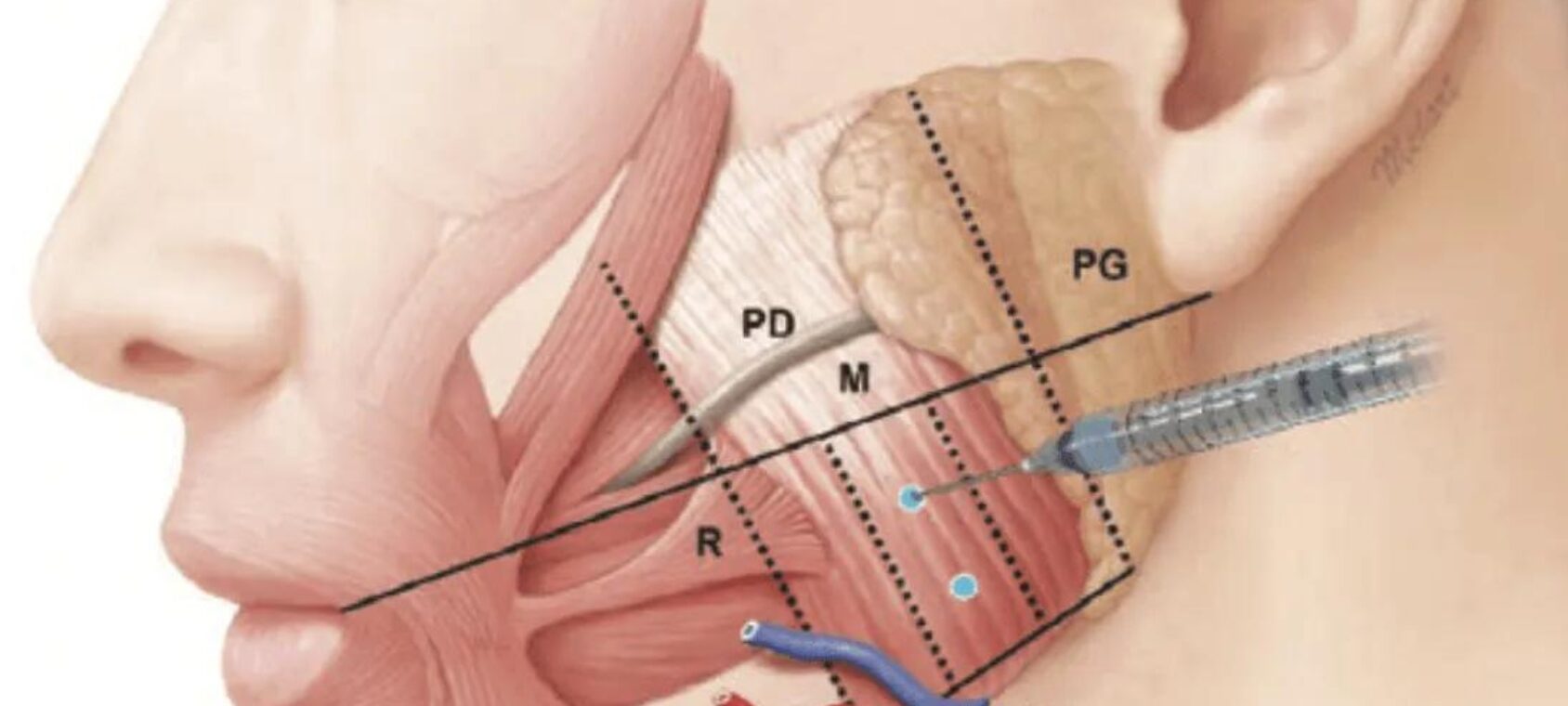Botox injection helps in relax the masseter muscle by limiting its movement. Once injected, the muscle can stop working so hard and exerting so much pressure. You will still be able to chew, move your jaw, and make normal facial expressions after your treatment.
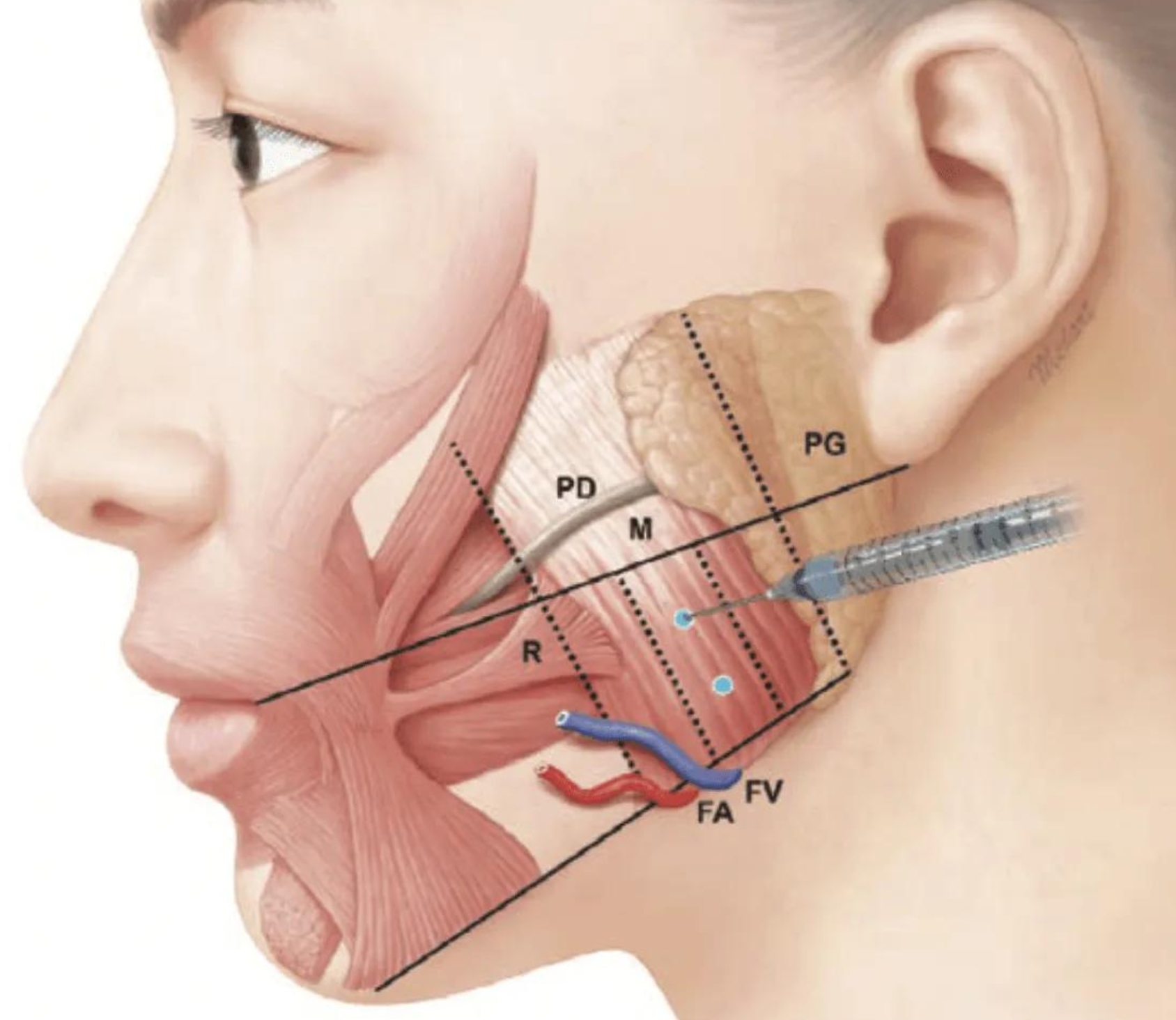
Managing teeth grinding and reducing jaw tension, pain, and clenching.
Relieving headaches
Contouring a square jaw, weakening the masseters muscle with Botox will Create a slimmer V-shaped jawline and create a balanced face shape.
– Consultation with a qualified medical professional, to explain the procedure and the result and to check if you are the right candidate for this treatment.
– Examine your jaw and face. This allow us to determine the injection site and how many units of botulinum toxin may need.
The procedure typically lasts 15 minutes. After cleaning the treatment area, 25 to 30 units of botulinum toxin will be injected using a syringe with a thin needle into the masseter muscle, with slowly withdraw the needle while injecting the toxin, and then repeat the procedure on the other side. The number of the toxin units depends on what treatment is for and on the muscle strength.
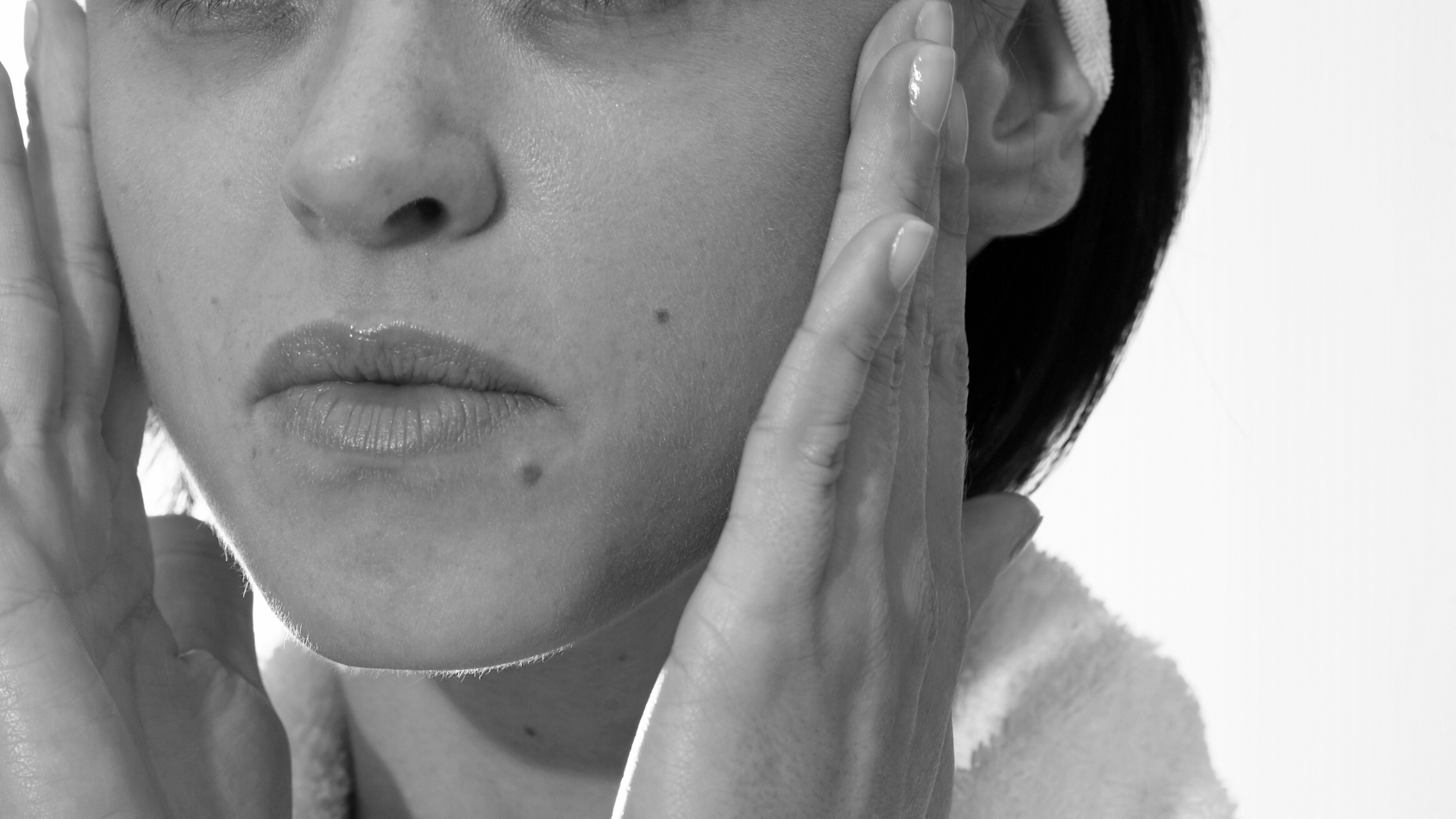

After the treatment, daily activities can be resumed immediately and don’t require any recovery time.
However, you need to avoid rubbing or placing pressure on the treated area and exercise for 24 hours, as it might spread the toxin to other parts or muscles of the face.
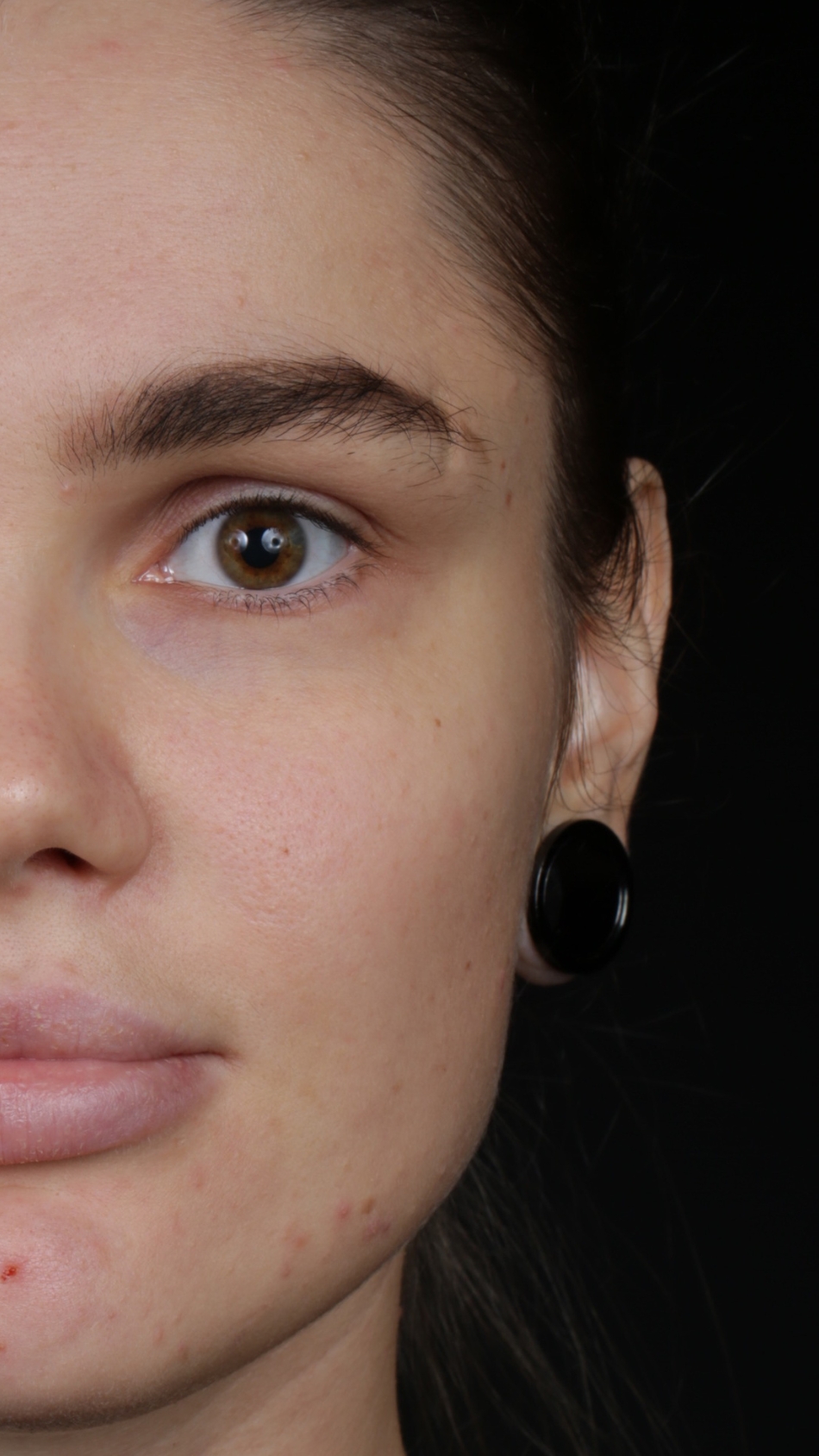
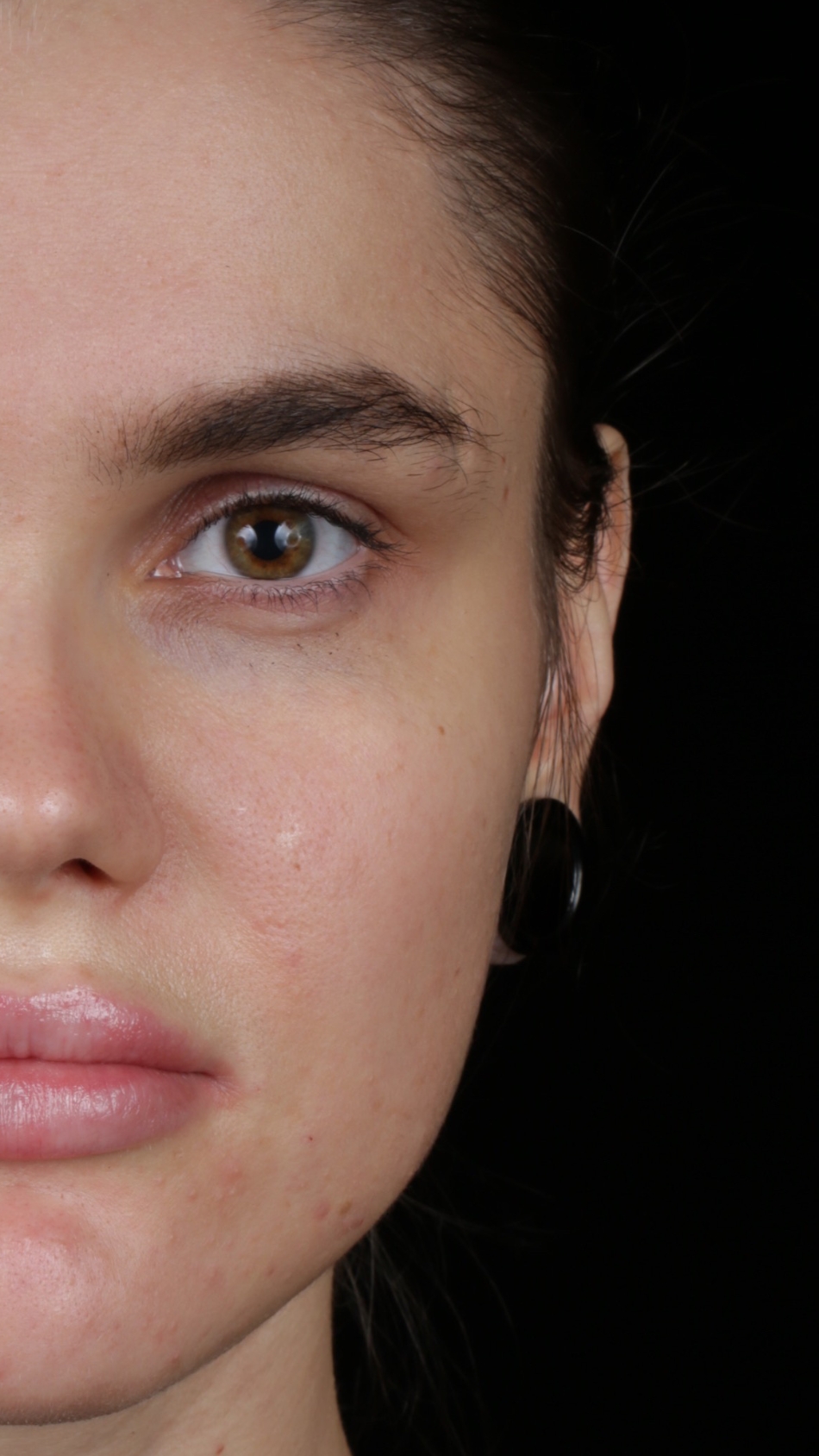
The effects of Botox are temporary, the results start to appear within 3 to 5 days and usually last 3 to 6 months. The procedure can be repeated it after 6 months to maintain the result.
Masseter Botox is generally considered safe. However, the possible side effects
– Temporary pain or swelling and bruising at the site of injection
– headache
– flu-like symptoms
– crooked smile drooling
Avoid getting Botox if pregnant or breastfeeding, allergic to botulinum toxin, has neuromuscular disorder or body dysmorphic disorder, and has unrealistic expectations
Currently, botox used on the lower face is considered off-label, meaning it’s not approved by FDA; however, research shows this procedure to be safe and effective.
This article is Medically reviewed by : Dr. Iman Itani MBBS.GP. Aesthetic doctor.
